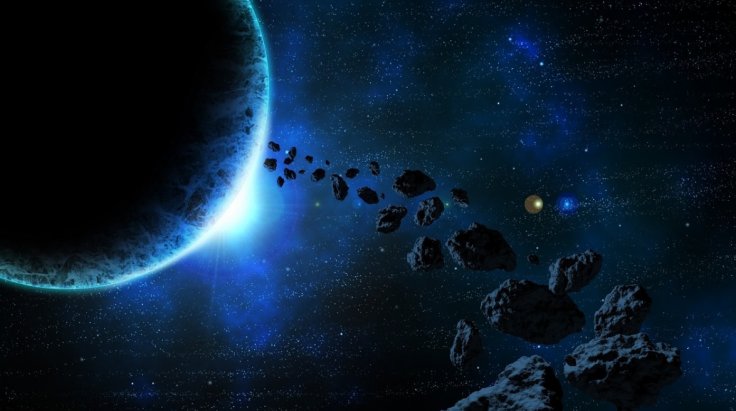NASA on Thursday claimed that the largest asteroid will pass by Earth this year. The asteroid, which is estimated to be about 3,000 feet in diameter, will approach Earth within some 1.25 million miles (two million kilometres) on March 21. The US space agency said that a rare close look at the asteroid will be allowed to astronomers. NASA revealed that the asteroid, which has been named 2001 FO32, was discovered 20 years ago.
Paul Chodas, the director of the Center for Near-Earth Object Studies said: "We know the orbital path of 2001 FO32 around the Sun very accurately." He added that there's no chance the asteroid could get any closer to our planet than 1.25 million miles, which is roughly 5.25 times the distance of the Earth from the Moon. However, it is still close enough for 2001 FO32 to be classified as a "potentially hazardous asteroid," said Chodas, according to reports.
NASA also said that the largest asteroid 2001 FO32 is set to pass by the planet at about 77,000 miles per hour. Its speed will be even faster than the speed at which most asteroids encounter Earth. While NASA claimed that not much has been learned about the largest asteroid so far, its close encounter with Earth this month will provide an outstanding opportunity to know study this asteroid.

Which Telescope Will Be Used to Study 2001 FO32?
The largest asteroid is going to be studied with the 3.2-meter telescope in Hawaii. A better understanding of the asteroid's size and a rough idea of its composition can be studied by astronomers from light reflecting off the surface of the asteroid. NASA said: "When sunlight hits an asteroid's surface, minerals in the rock absorb some wavelengths while reflecting others." It added that by studying the spectrum of light reflecting off the asteroid's surface, astronomers could measure the chemical fingerprints of the minerals if present on the surface of the largest asteroid.
NASA also encouraged amateur astronomers from other parts of the globe to conduct their own observations. Astronomers in the Southern Hemisphere and at low northern latitudes would be able to see the asteroid using moderate-sized telescopes with apertures of at least 8 inches in the nights leading up to closest approach, but they will probably need star charts to find it, according to Paul Chodas, who also mentioned that 2001 FO32 will be brightest while it moves through southern skies.









